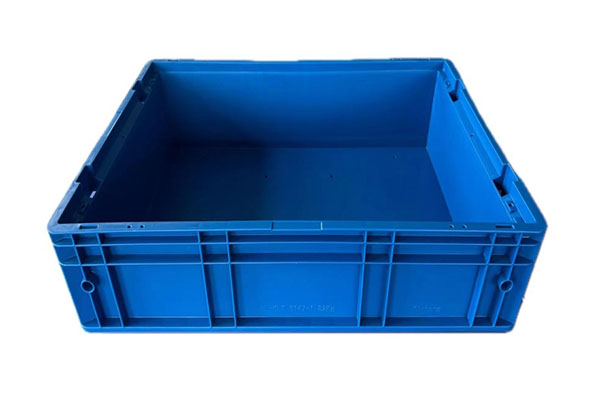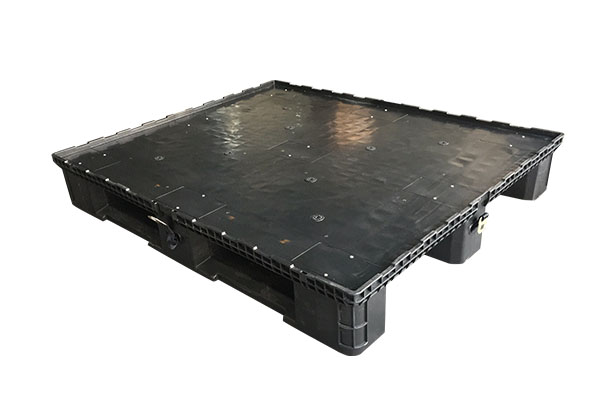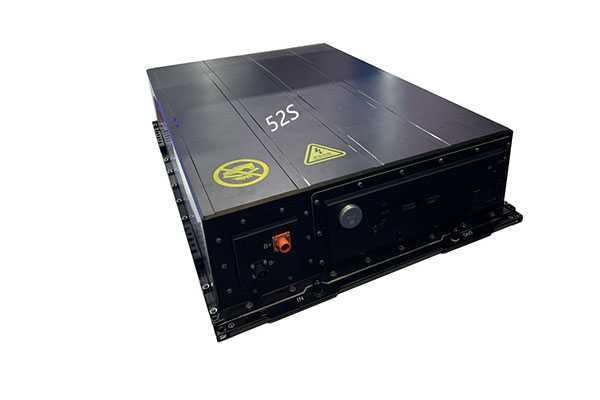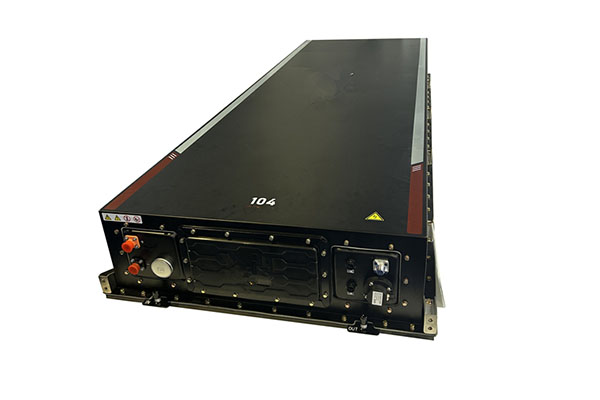What advanced manufacturing technologies are used in auto parts processing to ensure high precision and consistency?
Release Time : 2025-04-21
As an important part of the modern automotive industry, the manufacturing technology of auto parts processing is directly related to the quality, performance and reliability of parts. In order to ensure high precision and consistency, manufacturers have widely adopted a series of advanced manufacturing technologies, such as CNC machining, 3D printing, etc.
First of all, CNC machining is one of the most commonly used high-precision machining technologies. CNC machining can achieve very high machining accuracy and repeatability by controlling the motion trajectory and operation steps of the machine tool through computer programs. This technology is suitable for the manufacture of various complex geometric shapes and precision parts, such as engine blocks, gearbox housings and suspension system components. CNC machining can not only accurately control dimensional tolerances and form and position tolerances, but also significantly improve production efficiency and reduce errors caused by manual intervention. In addition, multi-axis linkage CNC machine tools can complete multiple processes in one clamping, further improving machining accuracy and efficiency.
Secondly, 3D printing technology (additive manufacturing) has been widely used in the field of automotive parts manufacturing in recent years. 3D printing builds complex structures by stacking materials layer by layer, and is particularly suitable for manufacturing complex geometric shapes or internal structures that are difficult to achieve with traditional processes. For example, some high-end models have begun to use 3D printing technology to manufacture customized interior parts, lightweight structural parts, and trial parts in prototype development. 3D printing can not only shorten the development cycle, but also achieve highly personalized customization needs, which provides the possibility for large-scale personalized production in the future.
Furthermore, in order to further improve the processing quality and consistency of parts, many manufacturers will also combine a variety of advanced manufacturing technologies. For example, laser cutting and welding technologies are widely used in the processing of high-strength steel and aluminum alloy materials. These technologies can not only achieve extremely high precision, but also effectively reduce the heat-affected zone and maintain the original properties of the material. In addition, the application of automated production lines and robotics technology has greatly improved the stability and consistency of production and reduced errors caused by human factors.
It is worth noting that in order to ensure the performance of parts in actual applications, manufacturers will conduct a series of rigorous tests and verifications. From the inspection of raw materials entering the factory to the sampling test of finished products, every link strictly implements the internationally accepted quality management system. For example, by conducting multiple experiments such as tensile strength test, fatigue life test and vibration test on the samples, we can fully understand the actual performance of the product and timely discover potential problems for improvement. This not only improves the overall quality of the product, but also provides users with a reliable use experience.
Finally, strict environmental protection standards are also an important part of the entire production process. Many manufacturers are committed to reducing the use of hazardous substances in the production process, such as heavy metals such as lead, mercury and cadmium, to ensure that products comply with relevant environmental regulations such as RoHS (Restriction of the Use of Certain Hazardous Substances Directive). In addition, the recyclability and low-energy design of automotive parts have also become the focus of more and more manufacturers, promoting green manufacturing and sustainable development.
In summary, by adopting advanced CNC processing, 3D printing and other manufacturing technologies, auto parts processing can provide excellent precision and consistency in various application scenarios. Whether in traditional fuel vehicles, electric vehicles or future autonomous driving vehicles, it is an ideal choice to ensure vehicle performance and reliability. With the advancement of technology and the application of new materials, we are expected to see more innovative products in the future to provide users with a more perfect use experience.
First of all, CNC machining is one of the most commonly used high-precision machining technologies. CNC machining can achieve very high machining accuracy and repeatability by controlling the motion trajectory and operation steps of the machine tool through computer programs. This technology is suitable for the manufacture of various complex geometric shapes and precision parts, such as engine blocks, gearbox housings and suspension system components. CNC machining can not only accurately control dimensional tolerances and form and position tolerances, but also significantly improve production efficiency and reduce errors caused by manual intervention. In addition, multi-axis linkage CNC machine tools can complete multiple processes in one clamping, further improving machining accuracy and efficiency.
Secondly, 3D printing technology (additive manufacturing) has been widely used in the field of automotive parts manufacturing in recent years. 3D printing builds complex structures by stacking materials layer by layer, and is particularly suitable for manufacturing complex geometric shapes or internal structures that are difficult to achieve with traditional processes. For example, some high-end models have begun to use 3D printing technology to manufacture customized interior parts, lightweight structural parts, and trial parts in prototype development. 3D printing can not only shorten the development cycle, but also achieve highly personalized customization needs, which provides the possibility for large-scale personalized production in the future.
Furthermore, in order to further improve the processing quality and consistency of parts, many manufacturers will also combine a variety of advanced manufacturing technologies. For example, laser cutting and welding technologies are widely used in the processing of high-strength steel and aluminum alloy materials. These technologies can not only achieve extremely high precision, but also effectively reduce the heat-affected zone and maintain the original properties of the material. In addition, the application of automated production lines and robotics technology has greatly improved the stability and consistency of production and reduced errors caused by human factors.
It is worth noting that in order to ensure the performance of parts in actual applications, manufacturers will conduct a series of rigorous tests and verifications. From the inspection of raw materials entering the factory to the sampling test of finished products, every link strictly implements the internationally accepted quality management system. For example, by conducting multiple experiments such as tensile strength test, fatigue life test and vibration test on the samples, we can fully understand the actual performance of the product and timely discover potential problems for improvement. This not only improves the overall quality of the product, but also provides users with a reliable use experience.
Finally, strict environmental protection standards are also an important part of the entire production process. Many manufacturers are committed to reducing the use of hazardous substances in the production process, such as heavy metals such as lead, mercury and cadmium, to ensure that products comply with relevant environmental regulations such as RoHS (Restriction of the Use of Certain Hazardous Substances Directive). In addition, the recyclability and low-energy design of automotive parts have also become the focus of more and more manufacturers, promoting green manufacturing and sustainable development.
In summary, by adopting advanced CNC processing, 3D printing and other manufacturing technologies, auto parts processing can provide excellent precision and consistency in various application scenarios. Whether in traditional fuel vehicles, electric vehicles or future autonomous driving vehicles, it is an ideal choice to ensure vehicle performance and reliability. With the advancement of technology and the application of new materials, we are expected to see more innovative products in the future to provide users with a more perfect use experience.







